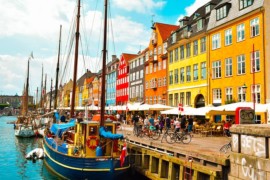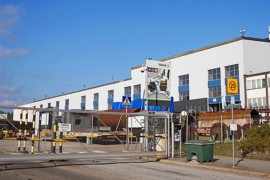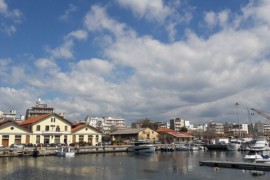
At the end of 2015, Sweden released, through its Energy Agency, the figures relating to the origin of heating products and hot water. The data reveals that, as usual, Scandinavia has a head start on the rest of the world as in 2014, 8 of 10 apartments were heated with a heating network. Thus, district heating networks account for 80% of consumption for heating and hot water for buildings and 90% for apartments. The use of heat pumps is also booming, with 11,000 units installed in 2008 compared to the 18,000 units in 2014 for buildings, and 27,000 heat pumps installed in apartment complexes in 2014, a figure which has not increased at all for 6 years. Fuel oil, meanwhile, accounts for only 2% of the energy used for heating and domestic hot water.
It should be noted, however, that these statistics come from surveys and are not to be considered as exhaustive data. To compile the data, 7000 apartment complexes who were surveyed, and 10 000 properties, excluding industry and the IAA. Irrespective of this rejoinder, and even if the figures must remain qualified, these numbers are impressive, and the rest of Europe currently lags far behind. In France, for example, district heating networks represent only 5-6% of energy production in the commercial and residential sectors.
There is therefore still some way to go, but district heating networks are booming right across Europe. This is reflected in the data made available throughout the continent, once more citing the example of France which now has nearly 450 district heating networks, and government initiatives, such as the heat fund or the many calls for tender for heating network projects which have been launched recently, are continuing to stimulate growth in the sector. The recently released Swedish figures serve as a startling illustration of just how much potential there is in heating networks and the positive benefits for both the economy and the planet that may accrue if the market and technology continues to develop at the current rate.







